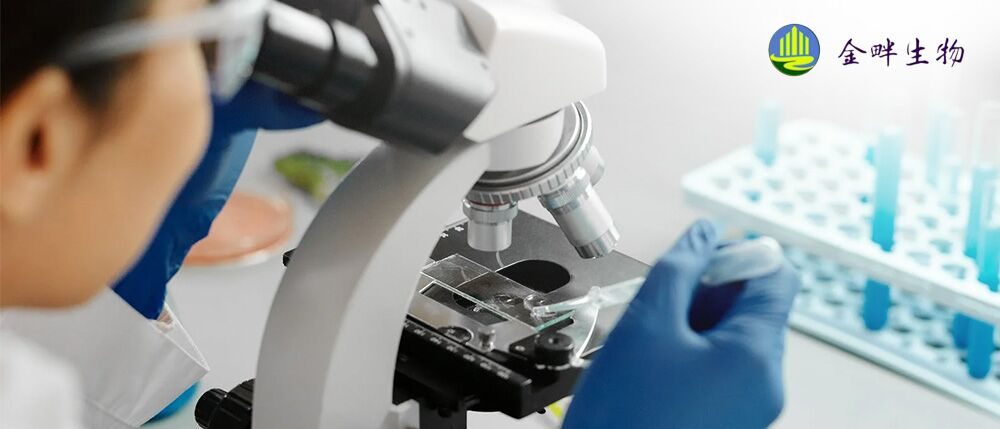What additive to use 蛋白结晶用用什么添加剂
When trying to decide which additive might be useful during crystallization, try the following. If one has crystals and wants to try using additives to improve the crystal size or quality go back to the initial crystallization screening plates. Review the plates, looking for conditions where no precipitate nor crystals were/are observed. Now, review the results, looking for a common reagent ingredient present where no precipitant or crystals are found. For example, one might find that all drops with isopropanol remained clear. One could then try adding isopropanol to the current crystallization condition to see if the isopropanol could improve the crystal size and/or quality. If one observes a difference in the crystal in the presence of isopropanol, then one might consider evaluating other additives in the class of alcohols such as ethanol, methanol, tert-butanol and others. If one has no crystals, but plenty of precipitate, phase separation and clear drops, follow the above analysis and try adding the common reagent ingredient found in clear drop to those drops which contained precipitate or phase separation. It is possible this agent could improve or at least manipulate sample solubility. The above tip was submitted from Jarmila Jancarik from the laboratory of Sung Ho Kim at the University of California Berkeley. Thank you Jaru! When using this approach it might be reasonable to discern between concentration independent and dependent precipitation when trying to decide which agent to pursue as an additive. Try evaluating the concentration independent agents first and then look at the other agents if sample quantity permits. For example, if one observe precipitate in 15 to 40% PEG but not in 5 to 10% PEG, it might simply be a concentration. However, if one observes no precipitate in 45 to 60% v/v MPD one could guess that MPD is a reasonable agent to evaluate as an additive.
当试图决定在结晶过程中哪种添加剂可能有用时,请尝试以下方法。如果有晶体并想尝试使用添加剂来改善晶体尺寸或质量,请返回最初的结晶筛选板。检查板,寻找没有观察到沉淀或晶体的条件。现在,查看结果,寻找没有发现沉淀剂或晶体的常见试剂成分。例如,人们可能会发现所有含有异丙醇的液滴都保持透明。然后可以尝试将异丙醇添加到当前的结晶条件中,以查看异丙醇是否可以改善晶体尺寸和/或质量。如果在异丙醇存在下观察到晶体的差异,那么可以考虑评估醇类中的其他添加剂,例如乙醇、甲醇、叔丁醇等。如果没有晶体,但有大量的沉淀、相分离和透明液滴,请按照上述分析,尝试将透明液滴中常见的试剂成分添加到含有沉淀或相分离的液滴中。该试剂有可能改善或至少控制样品溶解度。上述提示由加州大学伯克利分校 Sung Ho Kim 实验室的 Jarmila Jancarik 提交。谢谢雅鲁!当使用这种方法时,在尝试决定使用哪种试剂作为添加剂时,区分与浓度无关的沉淀和依赖沉淀可能是合理的。尝试先评估与浓度无关的试剂,然后在样本数量允许的情况下查看其他试剂。例如,如果观察到 15% 到 40% PEG 中的沉淀,但 5% 到 10% PEG 中没有,则它可能只是一种浓度。然而,如果在 45 至 60% v/v MPD 中没有观察到沉淀,则可以猜测 MPD 是一种可以作为添加剂进行评估的合理试剂。
